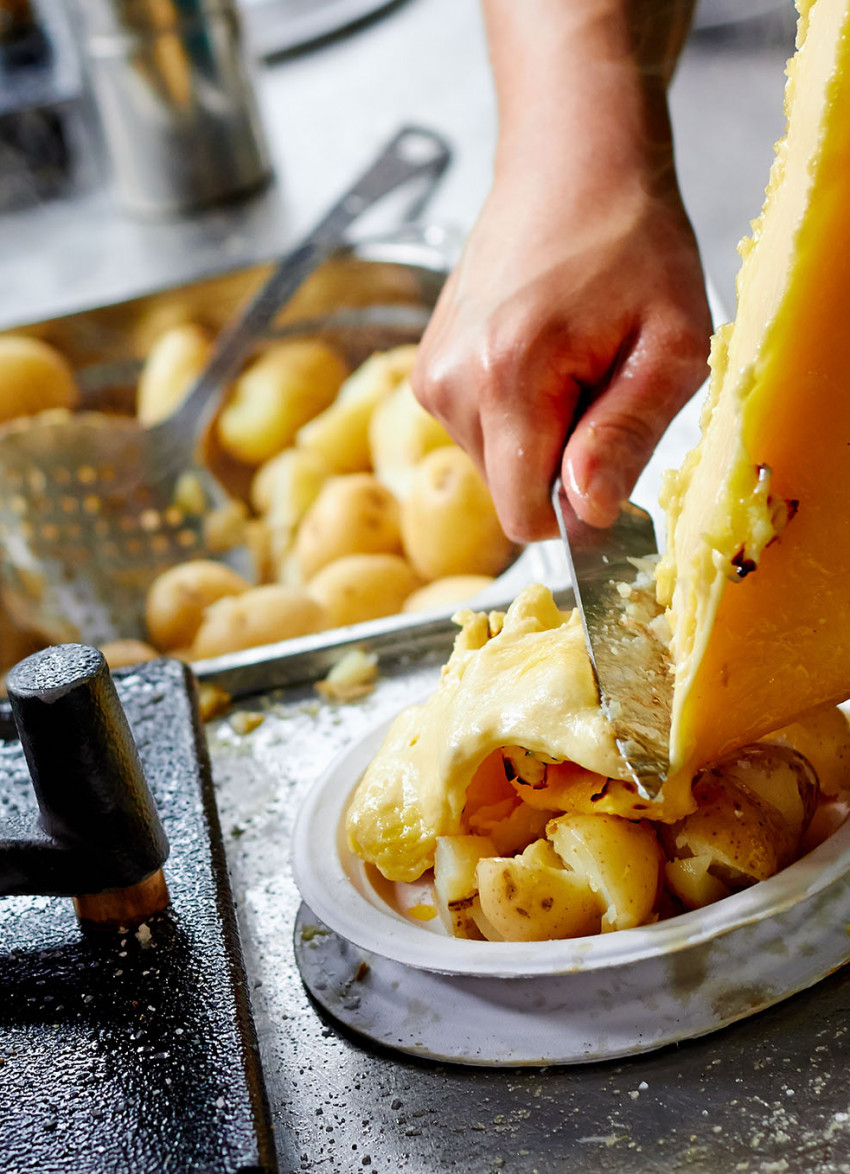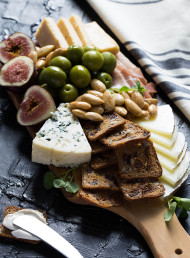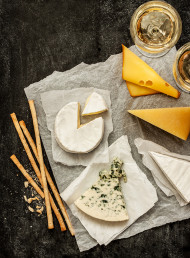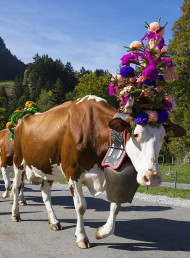Stories of cheese: Molten magic

The mere mention of raclette invokes memories of skiing holidays and cheese hunts in the French Alps.
Created in the mountain regions of France, Switzerland, Germany and Austria and dating back to the 13th century, the Savoie and Montbeliarde cows still graze the flower-strewn alpine pastures, accessible only – until very recently – by a narrow mountain tails and a strenuous hike from the nearest village.
Farmers would combine their herds to make big, bold cheeses, namely raclette, tomme de savoie, comte and beaufort. Cheese would ripen in mountain huts and be moved only at the end of summer, when the cows would return home to the valleys, illustrating the profound influence climate and geology can have on dictating the types and sheer scale of traditional European cheeses.
Tasting notes: Raclette
Type: Semi-soft cheese
Milk: Pasteurised cow's milk
Weight: 6–8 kg
Age: 2–4 months
Rennet: Animal
The thin, pinkish, leathery rind dusted with white or grey moulds is slightly gritty from frequent washes in salty water and has an aroma reminiscent of a cool wine cellar (it becomes significantly stronger and more farmyard when vacuum-packed) while its supple, springy texture ensures raclette is irresistibly stringy when cooked.
Lower in moisture than a soft white cheese like brie, raclette takes longer to ripen, producing a rounder, sweet and savoury, full-bodied flavour that when cooked, oozes with character. The crusty rind is like thin, crunchy bacon, especially if you opt for a smoked raclette.
Traditionally, half a wheel would be propped up in front of a fire, exposing the cut surface to the heat until the molten cheese would cascade onto steaming potatoes or freshy-baked local bread. Typically served with wild game pates, charcuterie platters of sauscisson or salami, thinly sliced cured meats, hunks of honey roast ham, cornichons and pickled onion rings, blanched and then marinated in dill vinegar. This cheese matches spectacularly with most beers, white wine varieties like pinot gris, dry riesling or a crisp fruity red from the Savoie.
Consider a slice of raclette over your favourite vegetables, place under the grill until golden brown and bubbling. Of course, you could use edam or even cheddar but the former lacks the depth and the latter lacks the texture that makes this irresistible as any skier or climber will attest. If you're buying raclette off the wheel, remove the wrapping and let it breathe for a while, before rewrapping in wax paper. Store in a zip-lock bag or plastic container so the pungent aroma doesn't taint the other products in your fridge. If the cheese dries out, the rind will flake and split and the flavour will becomes flat and characterless.
Do not be discouraged by the farmyard whiffs, raclette truly is one of the seven wonders of the cheese world and deserves to be treated like so.
Something to try: Raclette Milledome 6kg Wheel, Raclette Pack Livradois 400g.
To match: Savoie Roussette 14.
To view the full range of La Fromagerie cheeses and Maison Vauron French wines, see their website here.
latest issue:
Issue #120
As the days become shorter, and the nights cooler, the latest issue is perfectly timed to deliver delicious autumn dishes. From recipes using fresh seasonal produce such as feijoas and apples, to spectacular soothing soups and super-quick after-work meals in our Food Fast section, we’ve got you covered. With Easter on the horizon, we feature recipes that will see you through breakfast, lunch and dinner over a leisurely weekend holiday, and whip up chocolatey baking treats sure to please. We round up delicious dinners for two and showcase a hot new Korean cookbook before heading south to Dunedin to check out all that’s new in food and dining.The latest issue of dish is on sale NOW at all good bookstores and supermarkets – don’t miss it!

 BROUGHT TO YOU BY La Fromagerie
BROUGHT TO YOU BY La Fromagerie




